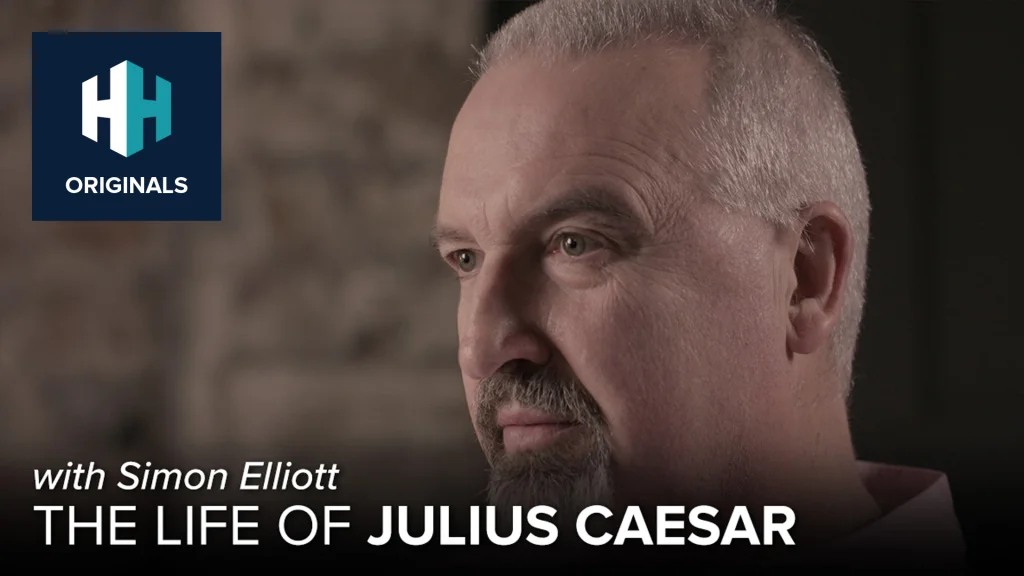Rome, under both the years of the Republic and Empire, wielded a mighty military that took part in hundreds of clashes with competing powers. Many of these battles were large-scale in character and resulted in tens of thousands of lost lives. They also resulted in great territorial gains for the growing Empire — as well as humiliating defeats.
Rome may not have always been victorious, but its army of citizen professional soldiers was legendary across the ancient known world. Here are 10 of Rome’s greatest battles.
1. The Battle of Silva Arsia in 509 BC marks the violent birth of the Republic

Lucius Junius Brutus.
Deposed king Lucius Tarquinius Superbus took up with Rome’s Etruscan enemies to try to retake his throne. Lucius Junius Brutus, the founder of the Republic, was killed.
2. The Battle of Heraclea in 280 BC was the first of the Pyrrhic victories of King Pyrrhus of Epirus over Rome

King Pyrrhus.
Pyrrhus led an alliance of Greeks alarmed by Rome’s expansion into southern Italy. In military historical terms the battle is important as the first meeting of the Roman Legion and the Macedonian Phalanx. Pyrrhus won, but he lost so many of his best men that he was unable to fight on for long, giving us the term for a fruitless victory.
3. The Battle of Agrigentum in 261 BC was the first major engagement between Rome and Carthage

It was the start of the Punic Wars that would last well into the 2nd century BC. Rome won the day after a long siege, kicking the Carthaginians off Sicily. It was the first Roman victory off the Italian mainland.
4. The Battle of Cannae in 216 BC was a huge disaster for the Roman army
Hannibal, the great Carthaginian general, surprised everyone by completing an almost impossible land journey to Italy. His brilliant tactics destroyed a Roman army of nearly 90,000 men. Hannibal could not capitalise on his victory with an assault on Rome though, and the massive military reforms the disaster precipitated only made Rome stronger.
5. The Battle of Carthage in around 149 BC saw Rome finally defeat their Carthaginian rivals

Gaius Marius ponders amidst the ruins of Carthage.
A two year siege ended with the destruction of the city and slavery or death for most of its inhabitants. The Roman general Scipio is considered one of the great military geniuses of the ancient world. He is said to have cried at the destruction his forces had brought to North Africa.
 Watch Now
Watch Now6. The Battle of Alesia in 52 BC was one of Julius Caesar’s greatest victories
It confirmed Roman domination over the Celtic Gauls and expanded Rome’s (still republican) territories over France, Belgium, Switzerland and northern Italy. Caesar constructed two rings of fortifications around the fort at Alesia before almost wiping out the Gaulish force inside.
7. The Battle of the Teutoburg Forest in 9 AD probably stopped Rome’s expansion at the River Rhine

A Germanic tribal alliance, led by a Roman-educated Roman citizen, Arminius, utterly destroyed three legions. Such was the shock of the defeat that the Romans retired the numbers of two of the destroyed legions and drew the Empire’s north-eastern frontier at the Rhine. The battle was an important event in German nationalism until World War Two.
 Listen Now
Listen Now8. The Battle of Abritus in 251 AD saw two Roman Emperors killed

Map by “Dipa1965” via Wikimedia Commons.
Influxes of people into the Empire from the east were making Rome unstable. A Gothic-led coalition of tribes crossed the Roman frontier, pillaging through what is now Bulgaria. Roman forces sent to recover what they had taken and kick them out for good were routed.
Emperor Decius and his son Herennius Etruscus were killed and a humiliating peace settlement was enforced by the Goths, who would be back.
9. The Battle of the Milvian Bridge in 312 AD is important for its role in the advance of Christianity

Two emperors, Constantine and Maxentius, were battling for power. Chronicles recount Constantine receiving a vision from the Christian god, offering victory if his men decorated their shields with Christian symbols. Whether true or not, the battle confirmed Constantine as sole ruler of the Western Roman Empire and a year later Christianity was legally recognised and tolerated by Rome.
10. The Battle of the Catalaunian Plains (or of Chalons or of Maurica) in 451 AD stopped Attila the Hun

Atilla wanted to step into the space left by the decaying Roman state. An alliance of Romans and Visigoths decisively defeated the already-fleeing Huns, who were later wiped out by a Germanic alliance. Some historians believe the battle was of epochal significance, protecting Western, Christian civilisation for centuries to come.















